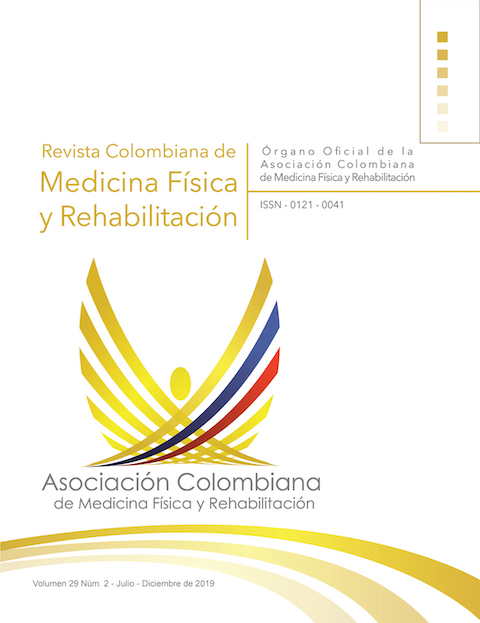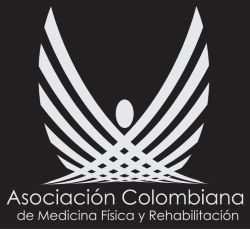Use of phenol and botulinum toxin during a spasticity emergency
DOI:
https://doi.org/10.28957/rcmfr.v29n2a5Keywords:
Muscle Spasticit, Botulinum Toxin, Urgent Care, PhenolAbstract
Espasticity is a common symptom that impairs the quality of life, the activities of daily living and functionality in patients who suffers it. This case reports an 11-year-old female patient with spastic quadriplegia secondary to cerebral palsy. There was no improvement in the spasticity despite the use of baclofen and diazepam, which is why it required alternative treatment. Chemo denervation with botulinum toxin type A of 100U and neurolysis with phenol at 5% was used. The main outcomes were the functional limitation, functional independence measure, the analogous visual scale, the Penn and Ashworth scale, which were measured before, immediately after, and 5 days after the procedure. Bilateral brachial biceps, erector spinae, bilateral rectus femoris and vastus lateralis were involved, which produced deformation of the joints and compromised the patient’s posture, in which 440U was applied divided according to the muscles. In addition, the musculocutaneous nerve was blocked. When the procedure was started, both subjective and objective results in spasticity were quickly observed, which suggests a potential role in the combination of these two drugs in spastic quadriplegia secondary to cerebral palsy.
References
2. Póo P. Parálisis cerebral infantil. Protocolos Diagnóstico Terapeúticos de la Asociación Española de Pediatría AEP: Neurología Pediátrica. Barcelona: Hospital Sant Joan de Dèu; 2008.
3. Lance JW. The control of muscle tone, reflexes, and movement: Robert Wartenbeg Lecture. Neurology. 1980.30(12):1303-13. Disponible en: https://doi.org/10.1212/ wnl.30.12.1303.
4. Katoozian L, Tahan N, Zoghi M, Bakhsha- yesh B. The Onset and Frequency of Spasticity After First Ever Stroke. J Natl Med Assoc. 2018;110(6):547-52. Disponible en: https://doi.org/10.1016/j.jnma.2018.01.008.
5. Goetz C. Textbook of clinical neurology. 3rd ed. Philadelphia: Saunders Elsevier; 2007.
6. Silvariño R, Acevedo V, Moyano M, Méndez E, Paolillo E, Russi U, et al. Experiencia de triaje estructurado en el departamento de urgencia. Rev. Méd. Urug. 2011;27(2):88-93.
7. Sánchez-Perales F. Urgencia o atención in- mediata: una pequeña diferencia. Rev Pediatr Aten Primaria. 2009;11(44). Disponible en https://doi.org/10.4321/s1139-76322009000500001.
8. Anwar F, Ramanathan S. Combined Botulinum Toxin Injections and Phenol Nerve/Motor Point Blocks to Manage Multi- focal Spasticity in Adults. BJMP. 2017;10(1): a1002.
9. Gooch JL, Patton CP. Combining botulinum toxin and phenol to manage spasticity in children 1 1A commercial party with a direct financial interest in the results of the re- search supporting this article has conferred or will confer a financial benefit on the author or 1 or more of the authors. Archi- ves Of Physical Medicine And Rehabili- tation, 2004;85(7):1121-4. Disponible en: https://doi.org/10.1016/j.apmr.2003.09.032.
How to Cite
Downloads
Downloads
Published
Issue
Section
License
Copyright (c) 2020 Colombian Magazine of Physical Medicine and Rehabilitation

This work is licensed under a Creative Commons Attribution-NonCommercial-NoDerivatives 4.0 International License.

| Article metrics | |
|---|---|
| Abstract views | |
| Galley vies | |
| PDF Views | |
| HTML views | |
| Other views | |


